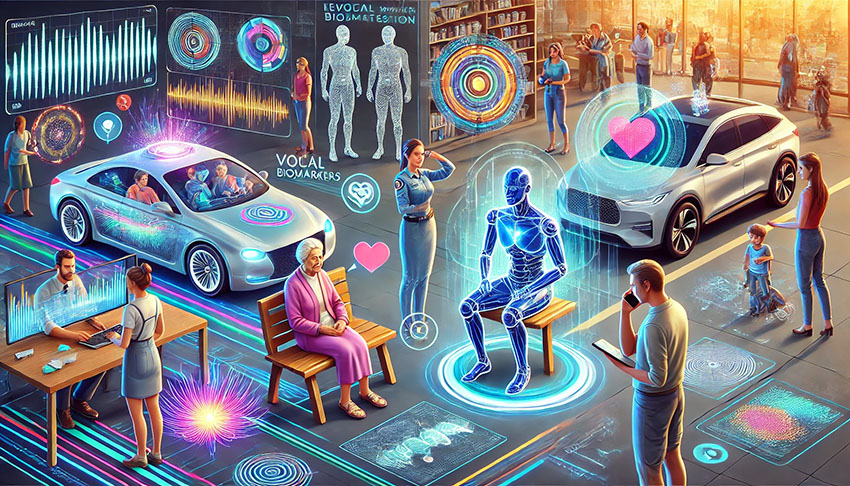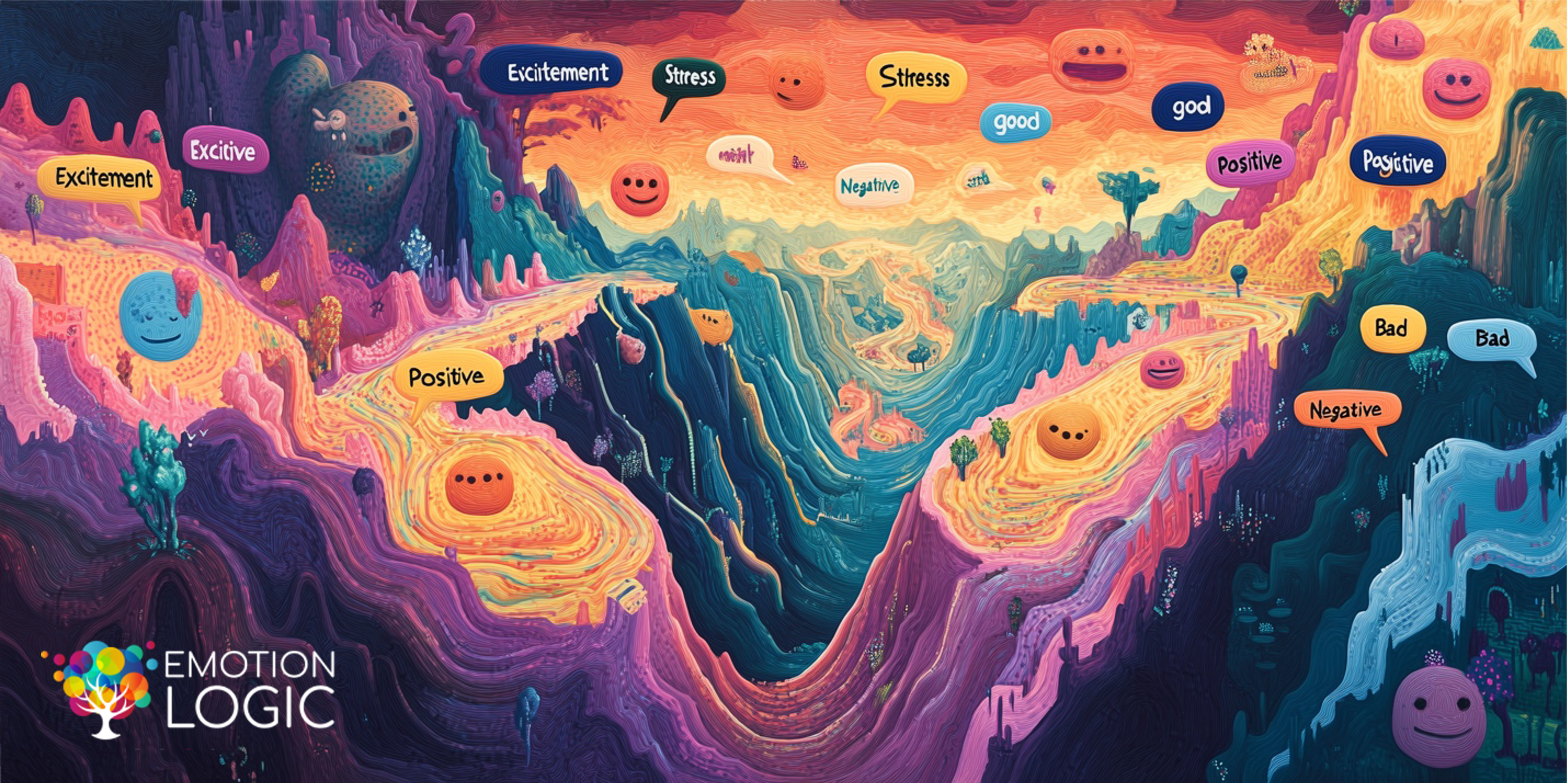I think most people will agree that our world is evolving on a dizzyingly fast virtual conveyor belt of innovation.
Technology has turned from being the means of communication to the very thing we communicate with, learn from and even confide in. We’ve come a long way from the days of text commands and rigid interfaces. While even now the realism with which chatbots interact with us seems amazing, the cutting edge lies in creating conversational AI systems that don’t just understand what we say—but how we truly feel. Emotional intelligence in human-computer interaction is gearing up to take center stage, and I feel extremely lucky to help usher in the next steps in human-machine co-evolution.
The Natural Progression Towards Emotionally Intelligent AI companions.
The future of human-computer interaction is leaning into a more natural, voice-driven conversational style. Whether it’s virtual assistants, chatbots, or even robots, the goal is to create interactions that feel as seamless and intuitive as talking to another person. Someone that understands the nuances of being human and the subtle expression of emotions. To truly replicate human-like communication, these systems need to go beyond recognizing the content of spoken words. It’s not enough to rely on words. How many times did you, dear reader, reply to the question “how are you today?” with “I’m doing great, thanks” when really you weren’t? To get to the next level, our digital partners need to understand the genuine emotional undertones, the inner states that color our experience and communication and drive our decisions.
Imagine a help-desk chatbot that can detect underlying frustration in a customer’s polite and reserved replies and respond with empathy rather than generic troubleshooting advice. Or a voice assistant that recognizes excitement and adapts its tone and recommendations to match your enthusiasm. By incorporating emotional intelligence, these technologies don’t just provide answers—they create connections!
Vocal Biomarkers: The Key to Understanding Emotions
At the heart of this revolution is vocal biomarker technology. Our voices carry a wealth of emotional data, often too subtle even for the human ear. These vocal cues often reveal more about how we’re feeling than the words we choose to use and our intonation.
By analyzing these biomarkers in real-time, systems can spot emotions like happiness, excitement, anger, sadness, or even more nuanced states like distress or interest, mental effort, or inner conflict. This isn’t about machines playing therapist but about enhancing their interpretive and decision-making capabilities to optimize the user experience. When technology understands our emotions, it can adjust its responses dynamically, leading to interactions that feel genuinely human.
Real-World Applications of Emotionally Aware Technology
The potential applications for this technology are vast and transformative across numerous use cases. Here are just a few areas where emotionally intelligent systems can make a profound impact:
- Healthcare and Mental Health Support: AI systems that recognize emotional distress in patients could offer timely interventions, whether through quick and accessible diagnosis, virtual first-aid therapy sessions, or by alerting human professionals.
- Personal Assistants: From managing your schedule to providing reminders, emotionally aware assistants could adapt their communication to suit your mood—cheering you up on tough days, maintaining a calm demeanor when you’re stressed and generally adapt to your emotional state like a n incredibly perceptive and sensitive friend.
- Smart Vehicles: Imagine a car that detects stress or fatigue in your voice and adjusts the environment accordingly, playing soothing music, suggesting a break, or just talking you through the sour mood to make sure that your mood doesn’t negatively affect your driving. Do you see what I see? This can be life-saving.
- Customer Support: Whether for government services or commercial businesses, emotionally aware chatbots can handle inquiries with empathy, de-escalating tense situations and improving user satisfaction. Unlike human agents that can at times become desensitized after handling so many calls, an emotionally-aware chatbots will always provide an experience that is tailored to your emotional state.
- Emergency Services: Voice analysis in emergency calls could help dispatchers prioritize cases by detecting panic, fear, or other urgent emotional states.
- Emotional Support for Vulnerable Groups: Robots or AI companions for children, elderly individuals, or those living alone could offer comfort and understanding, mitigating feelings of loneliness or isolation, and alerting human caregivers when needed.
These examples only scratch the surface of what’s possible when machines learn to truly understand us.
Bridging the Gap at Emotion Logic
With these possibilities in mind, along with an increasing number of tech companies already working with us on augmenting their solutions with voice-based emotion analytics capabilities – I can’t help but feel excited about the future that our team at Emotion Logic is helping to shape.
We see this as more than a technological challenge. It’s a mission to create a world where interactions with AI feel personal, empathetic, and meaningful. After all, communication isn’t just about exchanging information—it’s about understanding and being understood.
A Brave New World of Interaction
As someone deeply involved in this field, I find it exhilarating to witness and contribute to the unfolding possibilities. We’re not just building better tools; we’re shaping the future of interaction itself. The prospect of creating systems that genuinely understand and adapt to human emotions is as challenging as it is inspiring. And while there’s still much to learn and perfect, every step brings us closer to a world where machines don’t just work for us but connect with us on a profoundly human level.
In this brave new world, emotional intelligence isn’t just a nice-to-have—it’s the cornerstone of meaningful human-computer interaction. And I, for one, am thrilled to be part of the journey.




